How designers are using physics to make furniture in new ways
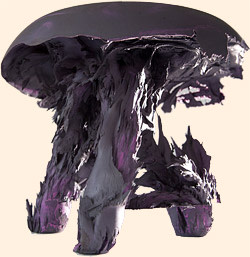
Simply sign up to the Life & Arts myFT Digest -- delivered directly to your inbox.
At first glance, the stool looks like an object from outer space: three asymmetric legs, sharp spikes sticking out on every side, pointing in all directions. It was created by 28-year-old Amsterdam-based designer Jólan van der Wiel and he calls it the “Gravity stool”.
Van der Wiel has won two awards for his work and, in January this year, the Gravity stool was nominated for the design of the year award at London’s Design Museum. He thinks that the way he works is unusual. “I’m interested in letting physics do the design,” he says. “In a sense, I’m simply the catalyst in the process, or that’s how I like to think about it.”
As elaborate as it sounds, the process itself is simple: a mass of polymer, six kilos of iron powder and any colour pigments van der Wiel fancies form the basis of the experiment. Then all the ingredients are poured into an aluminium bowl, which moulds the seat of the stool. Three industrial magnets suspended on ropes are placed between two wooden pillars and released above the bowl. For about 10 minutes, the magnets are gradually moved upwards, each pulling a column of the iron and pigment mixture behind them. Thus the stool’s legs are formed. The material then takes another 20 minutes to harden.
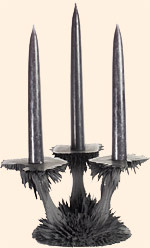
Van der Wiel thinks that natural forces will continue to lead to new methods of production. “Sometimes it’s good to contemplate what nature has already supplied and try to build on what is given,” he says. “I think that smart new techniques have a lot of potential to put these ideas into practice.”
Magnetism is something that also interests 44-year-old Dutch-born artist Tord Boontje, who has a studio in Shoreditch, east London.
His latest work, Magnetic Fields (shown at this year’s London Design Festival), uses electromagnetic movements to create distinctive patterns on furniture. Unlike van der Wiel, who made a point of experimenting with magnetism, Boontje stumbled into it.
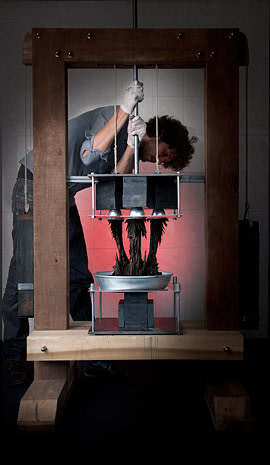
“When I was working on a colour research project for a paint manufacturer,” he says, “I discovered by accident that some of the pigments that I was working with responded to magnets. Seeing this, I realised that it would be possible to create patterns. I was drawn to the particular holographic effect, the suggestion of three-dimensionality.”
Boontje uses complex magnetic fields to arrange pigment particles in a thin layer of resin, giving his wall panels and furniture a dark, futuristic feel. He is planning to collaborate with other manufacturers to create these curious patterns on bags, shoes and even phones.
At Transnatural, an Amsterdam-based gallery, art and design meet technological and scientific innovation – from 3D printed creatures by Ad Lakerveld, which move by wind, to curious crystals by Tim van Cromvoirt, which, when mixed with a chemical that reacts to heat, change colour accordingly.
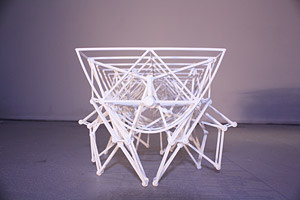
“Everything we do is related to our philosophy where concepts of man, nature and technology attempt to merge,” says the gallery director Arjen Bangma.
Van der Wiel exhibited his Gravity stool here last year. “The design process is breathtaking to watch,” says Bangma. “Watching magnetism in action – when the material rises from the mould.”
The designer was pleased by the reactions. “On the one hand, it’s surprising that this way of working interests a lot of people,” he says. “On the other hand, it’s logical . . . They want to know how it’s made and start to fantasise about it.”
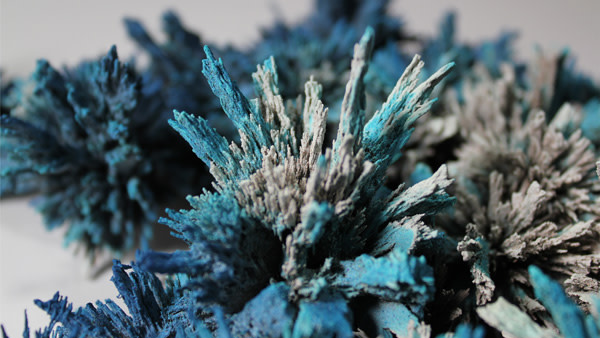
Comments